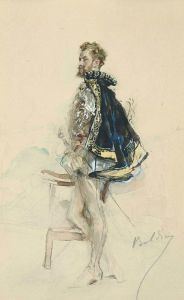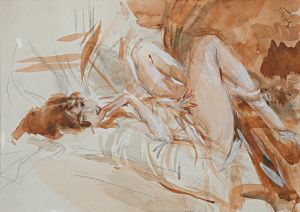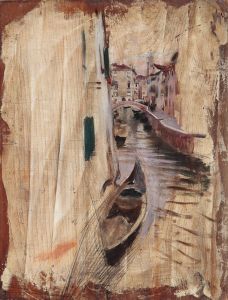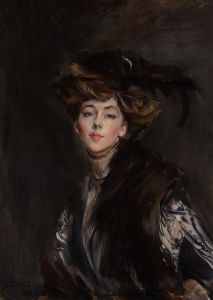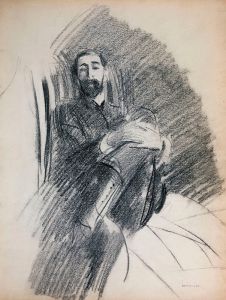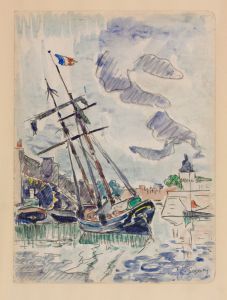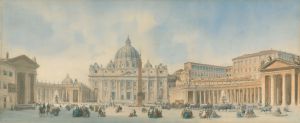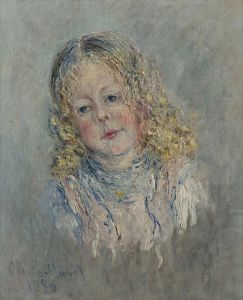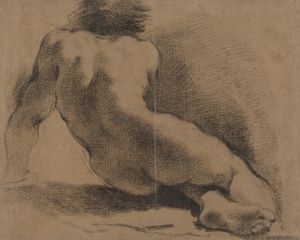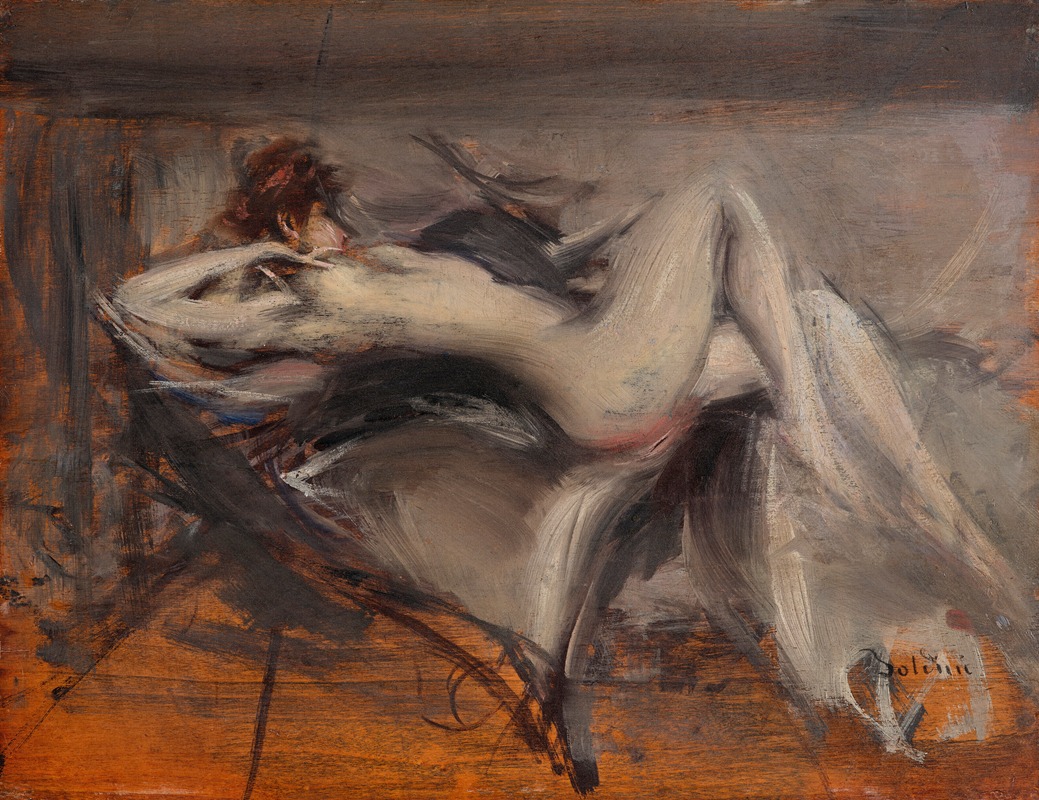
Nudo femminile
A hand-painted replica of Giovanni Boldini’s masterpiece Nudo femminile, meticulously crafted by professional artists to capture the true essence of the original. Each piece is created with museum-quality canvas and rare mineral pigments, carefully painted by experienced artists with delicate brushstrokes and rich, layered colors to perfectly recreate the texture of the original artwork. Unlike machine-printed reproductions, this hand-painted version brings the painting to life, infused with the artist’s emotions and skill in every stroke. Whether for personal collection or home decoration, it instantly elevates the artistic atmosphere of any space.
Giovanni Boldini's Nudo femminile (Female Nude) is a painting attributed to the renowned Italian artist Giovanni Boldini (1842–1931), who is celebrated for his dynamic and elegant portraiture, particularly of women. Boldini was a prominent figure in the Belle Époque period, and his works are characterized by their fluid brushstrokes, vibrant energy, and a keen ability to capture the grace and sophistication of his subjects.
Nudo femminile is an example of Boldini's exploration of the female form, a recurring theme in his oeuvre. While Boldini is best known for his portraits of aristocratic and bourgeois women, his studies of nudes demonstrate his mastery of anatomy and his ability to convey sensuality and movement. The painting depicts a reclining female figure, rendered with Boldini's signature loose and expressive brushwork. The composition emphasizes the curves and contours of the body, showcasing the artist's skill in creating a sense of vitality and immediacy.
The exact date of Nudo femminile is not definitively documented, but it is consistent with Boldini's mature style, which developed during his time in Paris. Boldini moved to Paris in 1871 and became a central figure in the city's artistic and social circles. His work during this period often reflected the opulence and elegance of the Belle Époque, and his nudes, though less numerous than his portraits, reveal a more intimate and personal side of his artistry.
The painting is notable for its use of light and shadow, which Boldini employed to highlight the softness of the skin and the interplay of textures. The background is typically understated, drawing attention to the figure and allowing the viewer to focus on the subject's form and expression. Boldini's approach to nudes was less about idealization and more about capturing the natural beauty and individuality of his models.
As with many of Boldini's works, Nudo femminile reflects the influence of both the Old Masters and contemporary movements. His admiration for artists like Diego Velázquez and Frans Hals is evident in his confident brushwork, while his engagement with Impressionism and other modern trends can be seen in his use of color and light.
The current location of Nudo femminile is not widely documented, and specific details about its provenance or exhibition history are limited. However, Boldini's works are held in major museums and private collections worldwide, and his legacy as one of the foremost portraitists of his era remains firmly established.
This painting serves as a testament to Boldini's versatility and his ability to capture the essence of his subjects, whether in grand portraits or more intimate studies like Nudo femminile.






